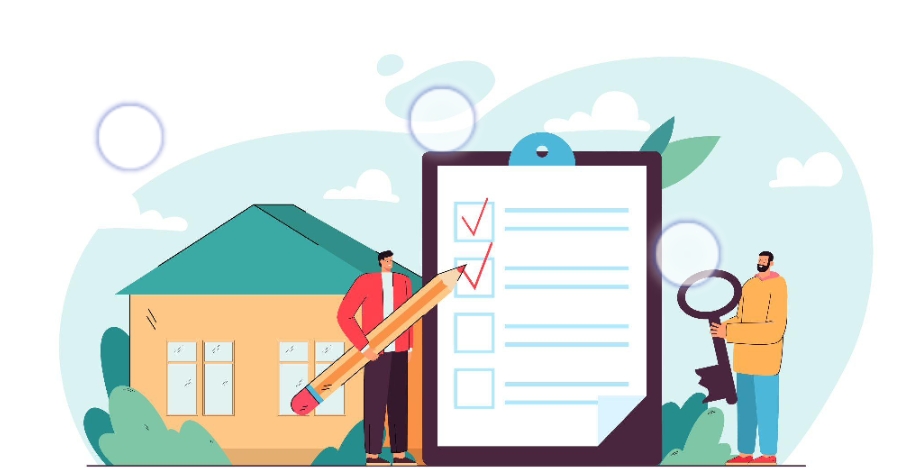Student loans are often the first major financial commitment many people take on. For millions of graduates, that loan follows them for years—sometimes decades—after they toss their caps in the air. It’s not just about making the minimum monthly payment and hoping for the best. If you want long-term financial stability, you need a strategic approach.
Let’s break down what that actually looks like.
Understand the Full Scope of Your Student Debt
Before anything else, you need clarity. That means knowing exactly how much you owe, who your lenders are, what your interest rates look like, and when your payments begin. It sounds basic, but many people overlook the details, and that can cause real problems later.
Start by logging into your loan servicer’s portal. Check the principal, interest rate, and terms for each loan. Federal loans and private loans often follow different rules. Be sure to track them separately.
You can also view your federal student loan data at studentaid.gov—an official U.S. Department of Education site. It’s a reliable source that gives you the full picture.
Once you have that information, create a spreadsheet or use a budgeting app to monitor your repayment progress. Understanding your total obligation is the foundation of any repayment plan.
Choose the Right Repayment Plan
Not all repayment plans are created equal. Federal loans offer a range of options, including:
- Standard Repayment – fixed payments over 10 years.
- Graduated Repayment – starts low, increases over time.
- Income-Driven Repayment (IDR) – payments based on your income.
Choosing the right plan depends on your current job, income, and future financial goals. If you’re earning a modest salary now but expect that to grow, a graduated plan could make sense. If your income is consistently low or unpredictable, an IDR plan may offer breathing room while keeping you in good standing.
Private loans generally offer fewer options. Still, it’s worth contacting your lender to see if refinancing or restructuring is possible. Many lenders are willing to work with borrowers to avoid default.
Make Extra Payments When You Can
Making the minimum payment keeps your account in good standing. But to reduce your loan faster, pay extra when possible—even small amounts.
Apply any extra payments directly to the loan principal. This reduces the amount you owe and, in turn, the interest that accrues. Over time, even an additional $20 or $50 per month can save thousands.
Be sure to specify that the overpayment goes toward the principal. Some lenders apply extra payments to future interest unless you request otherwise.
Think of it this way: every extra dollar today is a dollar you won’t owe interest on tomorrow.
Keep Track of Your Student Loan Balance
It’s easy to lose sight of the bigger picture when you’re just trying to get by. But tracking your student loan balance helps you see the impact of your efforts and avoid surprises.
Set a reminder to check your loan balance monthly or quarterly. This helps you stay on top of any changes in interest rates, lender policies, or repayment progress. It also motivates you when you see the balance slowly decreasing over time.
If you’ve consolidated or refinanced your loans, make sure the terms still align with your goals. Refinancing can offer lower interest rates, but it also removes federal protections like loan forgiveness options and income-based repayment plans.
Avoid Lifestyle Creep
One of the biggest traps for recent grads is lifestyle inflation—also known as lifestyle creep. You get your first full-time paycheck, and suddenly it feels like you can afford everything. New apartment? Sure. Weekend trips? Why not?
While there’s nothing wrong with enjoying your earnings, it’s important to strike a balance. If your student loan payment is $350 a month, but you’re spending $400 a month on dining out, that’s a red flag.
To stay grounded, try this: when you get a raise, put 50% of it toward your loans or savings. That way, your standard of living improves, but you’re still prioritizing long-term financial stability.
Set Financial Goals Beyond Loan Repayment
Paying off your student debt is important, but it shouldn’t be your only financial goal. Building an emergency fund, investing in a retirement plan, and saving for future milestones—like buying a home—are equally vital.
Try to contribute regularly to a high-yield savings account or a Roth IRA. If your employer offers a 401(k) with matching contributions, take advantage of it. That’s free money, and it grows over time.
Balancing debt repayment with savings isn’t always easy. But even small, consistent contributions can add up. The key is to avoid tunnel vision. You’re not just paying off debt—you’re building your future.
Know When to Ask for Help
If you’re struggling to keep up with payments or don’t know what strategy fits your situation, talk to a financial advisor or student loan expert. There are nonprofit organizations and financial literacy programs that offer free or low-cost counseling.
You might also qualify for public service loan forgiveness, deferment, or forbearance if you’re facing temporary hardship. But these aren’t long-term solutions. Use them wisely—and always understand the trade-offs.
Final Thoughts
Securing financial stability after graduation doesn’t happen overnight. But with the right approach to student loans, you can take control instead of letting debt control you.
Know what you owe. Choose the right plan. Pay extra when you can. Track your progress. And remember: your student loan is just one part of a much bigger financial picture.
It’s not about getting rich quick. It’s about being steady, smart, and informed.






